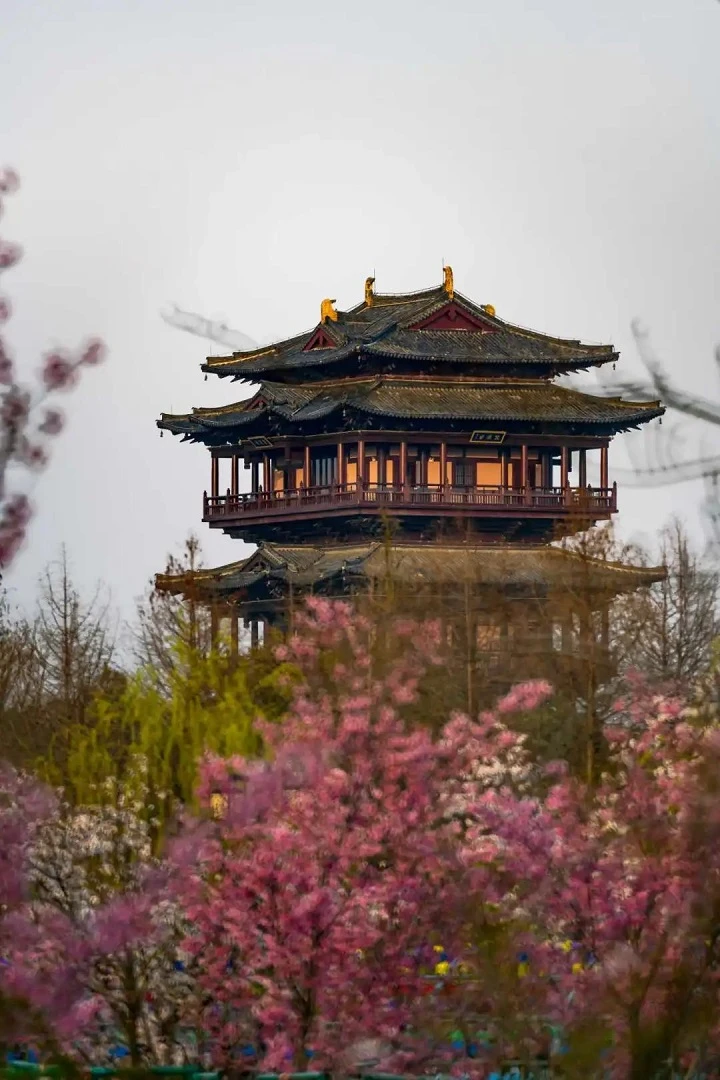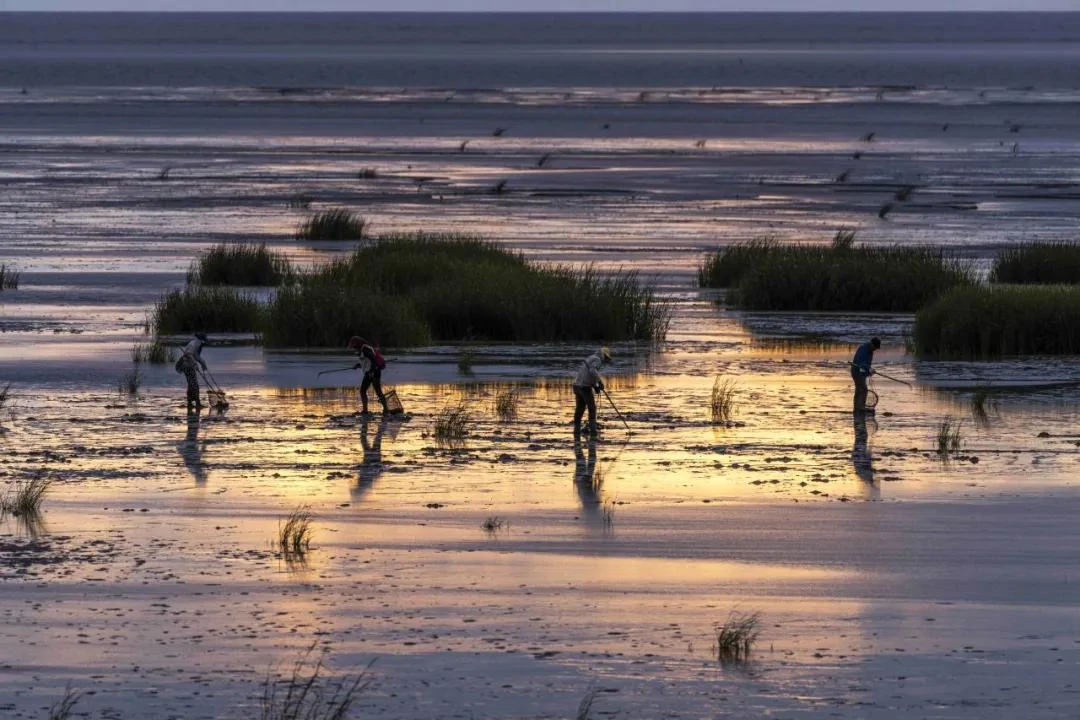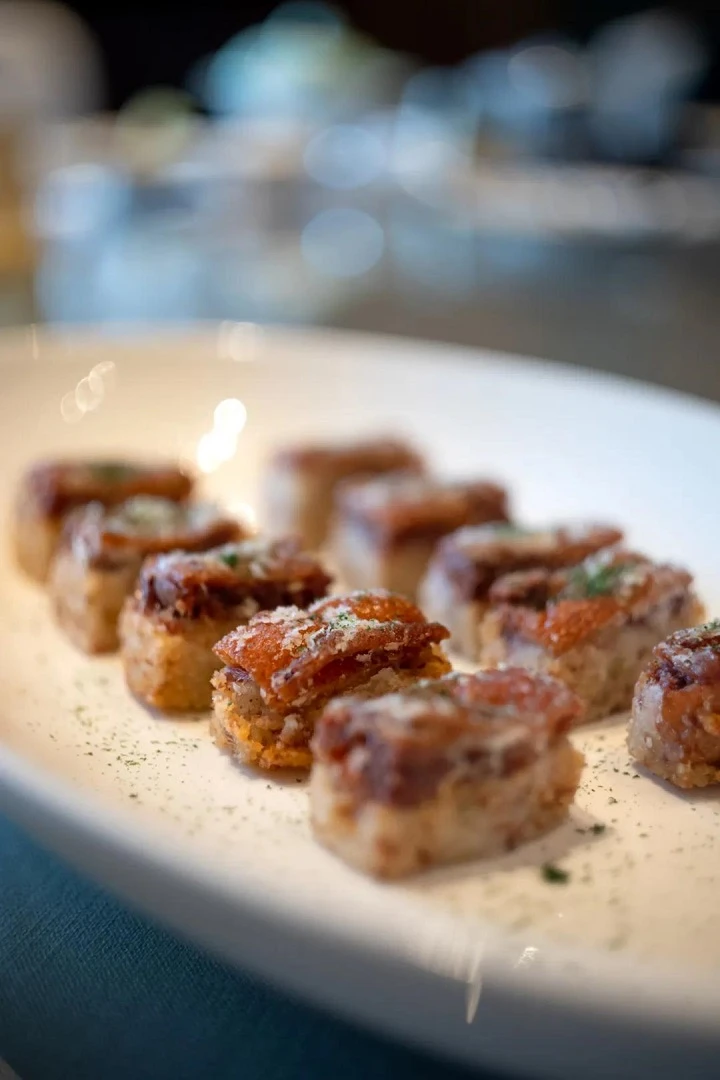Nestled on the eastern coast of China, Yancheng (City of Salt) is renowned for being the country's only city without mountains. Despite its flat terrain, this coastal gem boasts a wealth of natural and cultural treasures that captivate visitors. Yancheng's harmonious blend of ancient traditions and vibrant modernity creates a multifaceted charm that can be both savory and sweet.
A Symphony of Nature and Heritage
Yancheng is home to Jiangsu's sole UNESCO World Natural Heritage site, the Yellow (Bohai) Sea Migratory Bird Habitat. Stretching over hundreds of kilometers, this expansive coastal wetland shelters two national nature reserves dedicated to the preservation of red-crowned cranes and milu deer. Here, the dance of migratory birds paints a mesmerizing tableau that changes with the seasons.
After exploring these wild landscapes, visitors can retreat to Yancheng's historic streets and alleys, where old bricks and tiles whisper stories of a bygone era. The city's rich history, rooted in its ancient salt trade, is preserved in its architecture and cultural practices, inviting travelers to uncover its many layers.

Salty Tales of Kongyuan Park
From the moment I arrived in Yancheng, the city's historical and cultural essence with a "salty" twist was evident. My stay at Kongyuan Park in the outskirts of Yancheng offered a unique blend of history and modernity. This recently reconstructed garden, now part of the Dayangwan Yihe Lakeside Hotel, traces its origins back to the residence of the renowned Qing Dynasty literary figure, Kong Shangren.
Kong Shangren (孔尚任), a prominent scholar during Emperor Kangxi's reign, was instrumental in the management of the Huai River and played a pivotal role in Yancheng's history. His efforts in water management were intricately linked to the city's thriving salt industry. During the Tang and Song Dynasties, Yancheng's coastline expanded significantly due to sediment deposition from the Yellow River, creating ideal conditions for salt production.
Today, landmarks such as the Tingtao Pavilion in Yancheng's urban area and the Wanghailou Pavilion in the Dayangwan Scenic Area serve as reminders of the city's historical connection to the sea, even though they now stand several kilometers inland. These sites, once prime coastal viewpoints, highlight the dramatic changes in the landscape over centuries.
The Craft and Cuisine of Salt
One of the most intriguing aspects of Yancheng's cultural heritage is its unique salt crafts. The delicate red-crowned crane ornament on my room key, initially mistaken for jade, turned out to be a finely crafted salt sculpture. Local artisans create these intricate pieces by mixing sea salt with starch and baking it at high temperatures, resulting in a material as hard as stone and as beautiful as jade.
Within the hotel, I also encountered stunning salt paintings by Zhang Guangde, the hotel's design director. By incorporating local sea salt into watercolor paintings, he creates natural, abstract patterns that are both captivating and unique.
Kongyuan Park is also home to the renowned Wanguochun Restaurant (万国春酒楼), a century-old establishment famous for its Huaiyang cuisine (淮扬菜). This culinary tradition, deeply intertwined with the history of salt production, is known for its meticulous preparation methods. The wealth generated from the salt industry allowed for the development of elaborate cooking techniques, such as slicing tofu as thin as hair and straining red bean paste repeatedly for a refined texture.
In keeping with tradition, Wanguochun has returned to its roots in Yancheng, blending local ingredients with classic Huaiyang methods. The fertile mudflats of Yancheng provide an abundance of small seafood, which the restaurant's chefs creatively incorporate into seasonal dishes. Additionally, Yancheng's distinctive salted meat, made by adding glucose during the curing process, offers a unique flavor that enhances the regional cuisine. The chef even prepares this specialty in-house, further enriching the local gastronomic experience.
Immersive Journeys in Salt City
Every morning, I savored a bowl of fish soup noodles at Wanguochun for breakfast. This local specialty features noodles simmered in a broth made from slowly boiled crucian carp, resulting in a rich, milky-white soup that epitomizes umami.
Yancheng's history of salt production is vividly brought to life in the immersive real-life performance "Tales of Yandu (盐渎往事)" at the Dayangwan Ecological Tourism Scenic Area. The show's setting, Yandu Ancient Town, is a meticulously recreated village with 16 Huizhou-style residences, five Shanxi courtyards, and an ancient theater. The retro neon lights and nostalgic atmosphere transport visitors back to a time when the city was a bustling hub of the salt trade.
In the late Qing Dynasty, Yancheng's salt industry began to decline, but innovative "second-generation salt merchants" revitalized the economy by introducing modern business practices. They encouraged local salt merchants and workers to diversify by cultivating high-quality cotton on the salt flats, laying the foundation for new industries and opening a new chapter in Yancheng's history.


